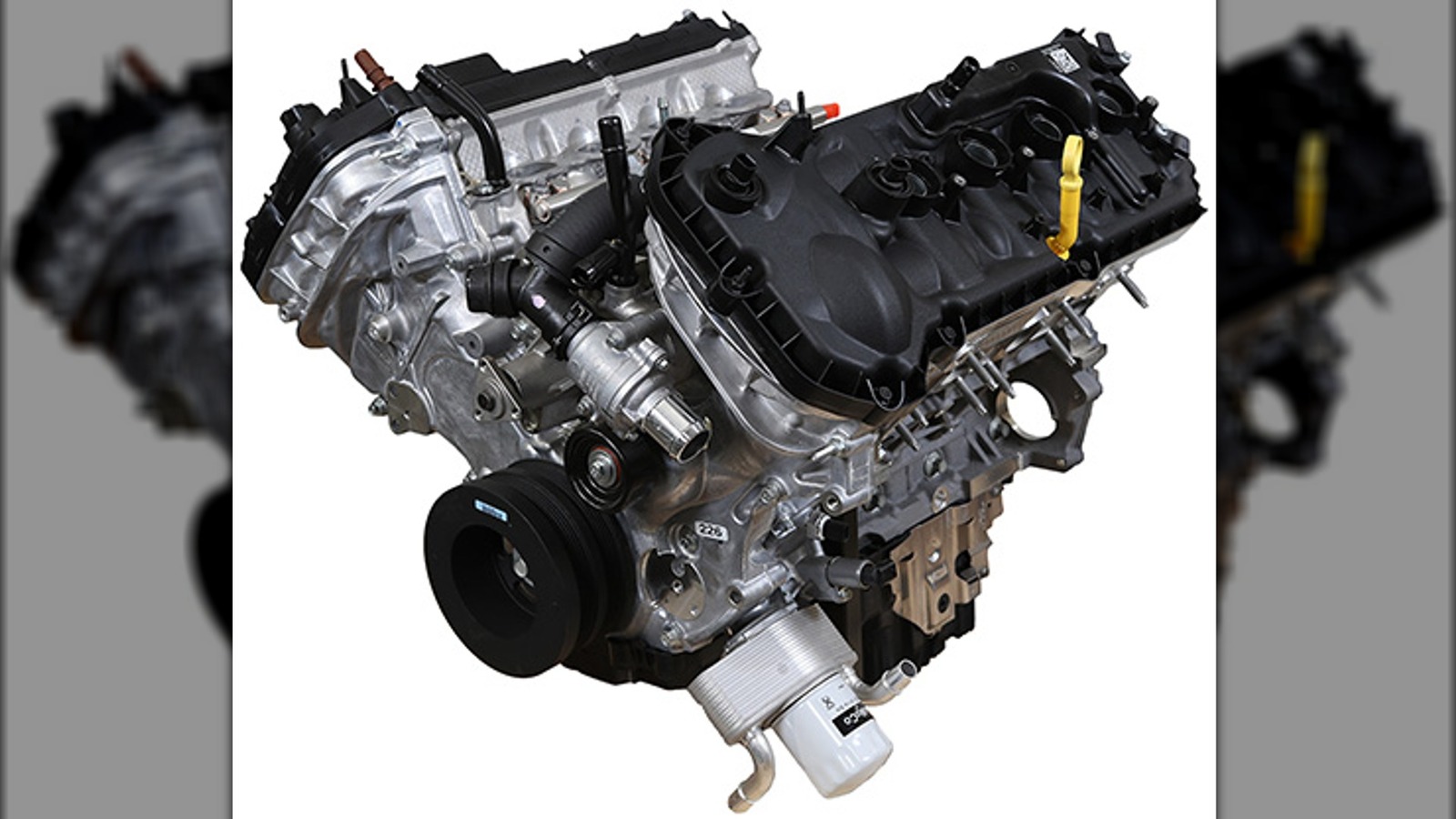General Motors introduced the world to the LS1 engine in the 1997 Chevrolet Corvette, while the Ford Coyote didn’t come out until 2011 in the Mustang GT. Both engines have evolved over the years, but the latest Coyote variation produces up to 480 horsepower and 420 pound-feet of torque from its naturally aspirated 5.0-liter displacement. That’s a substantial gain from the Gen I 2011 Coyote 5.0’s 412 horsepower and 390 pound-feet of torque.
The original LS1 produced 345 horsepower and 350 pound-feet of torque in the 1997 C5 Corvette. Newer LS variants include the 6.2-liter LS9, which delivered up to 638 horsepower and 604 pound-feet of torque in 2009-2013 Chevy ZR1 Corvette models thanks to its supercharger’s forced air induction.
So why does the smaller displacement, lower powered Ford Coyote engine appear larger than the LS from GM? The size difference directly results from the configuration of each engine’s valve train.







